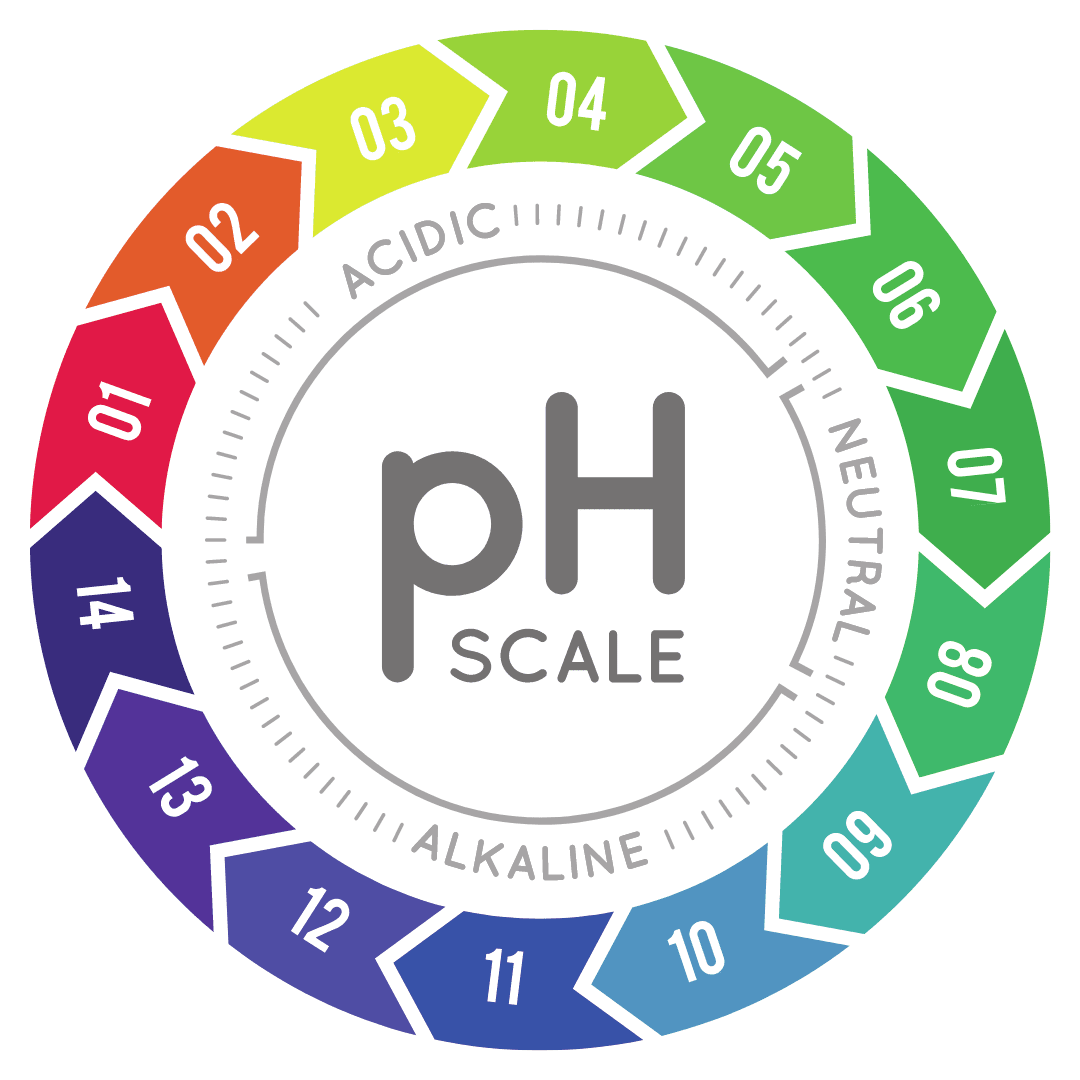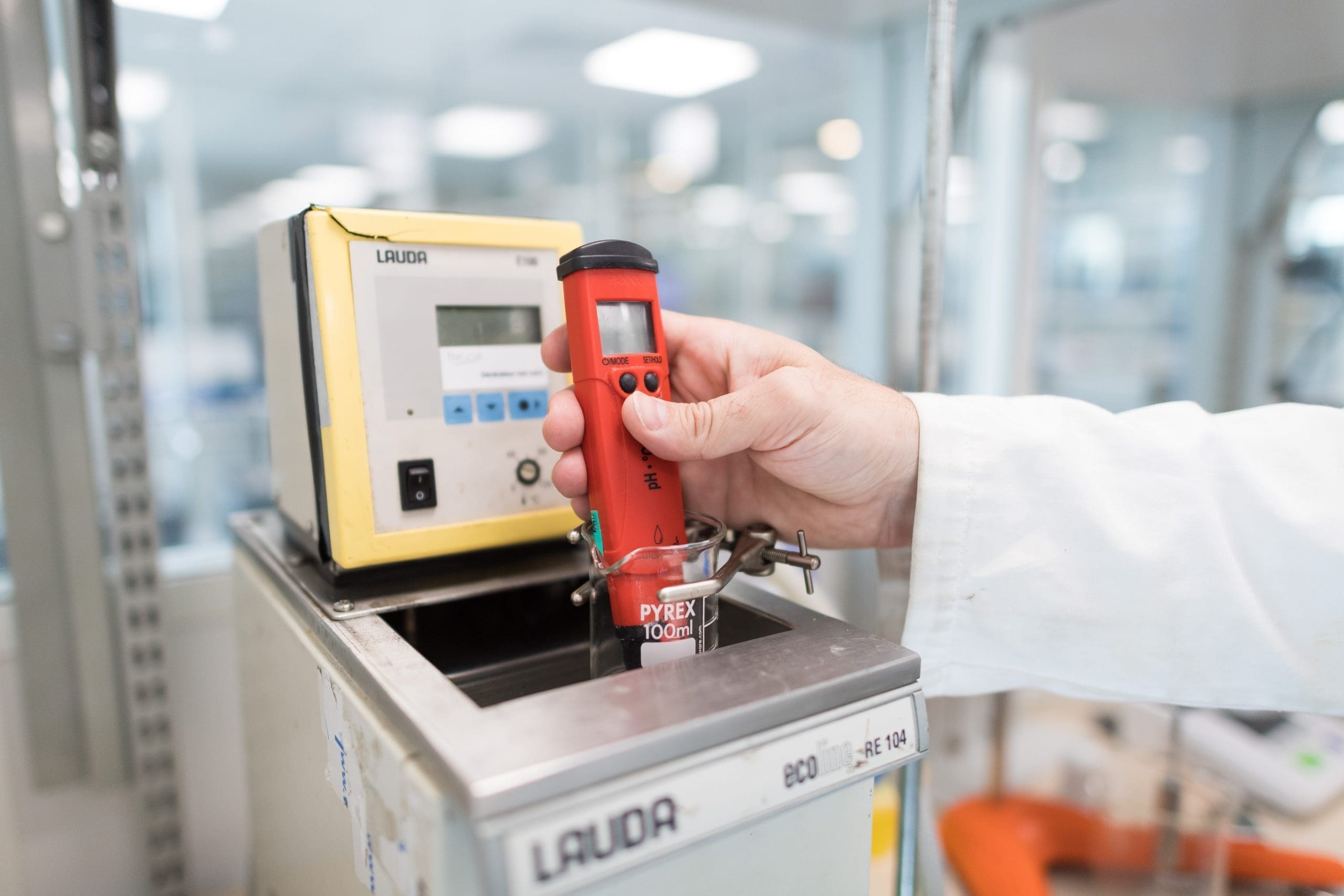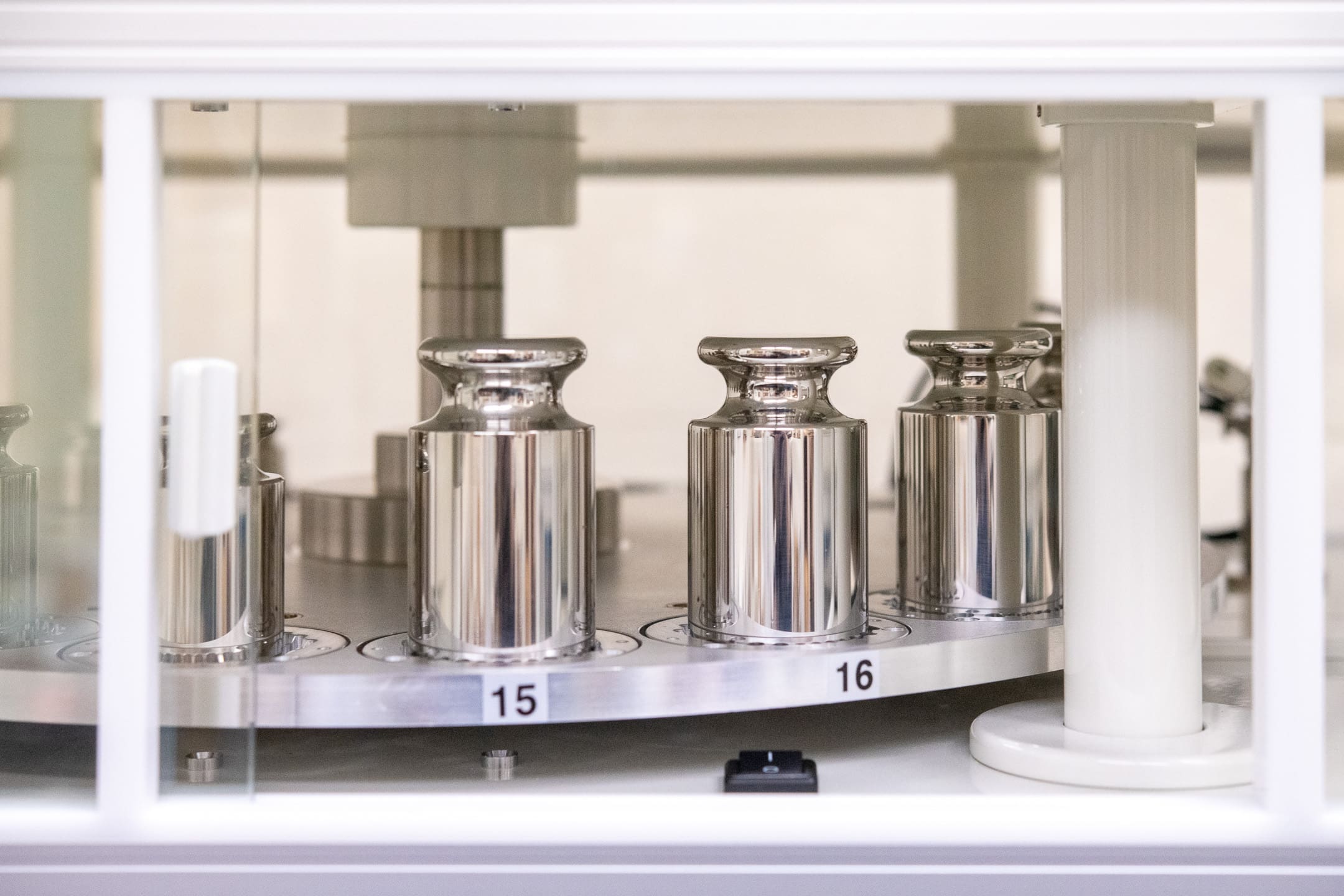The role of calibration in pH meter accuracy
Whether you’re a culinary enthusiast nurturing a sourdough starter or a scientist analyzing soil samples, understanding pH and proper calibration is critical for ensuring the trustworthiness of your results. Since even slight variations in pH can dramatically alter a substance’s chemical properties, accurate pH measurement is essential. Understand your pH meters, the importance of calibration for accurate readings, and how to avoid misleading measurements.
What is a pH meter and how does it work?
A pH meter is an instrument used to measure the hydrogen ion activity in a substance — or, more simply, how acidic (a majority of hydrogen ions) or basic (a majority of hydroxyl ions) it is. This characteristic is measured on a scale of 0 to 14, with 0 being the most acidic and 14 the most basic. A pH of 7 is neutral, i.e., neither acidic nor basic.

pH meters have many practical applications, from testing soil for optimal plant growth to ensuring food and water safety. Widely used by hobbyists and professionals, pH meters are designed with two electrodes, one for sensing hydrogen ions and one for reference.
The sensing electrode detects voltage changes based on hydrogen ion activity. The reference electrode provides a constant voltage for comparison. The difference between the two voltages is displayed as a pH value by the meter. Higher voltages indicate acidic pH levels, and lower voltages indicate basic pH levels.
Ensuring your measurements are accurate
Think of your pH meter as a translator – it takes the language of electrical signals and converts them into understandable pH values. Just like any translator, even the most sophisticated pH meter needs occasional fine-tuning. This is where calibration comes in. Typically, you can conduct pH meter calibration in two ways:
1. Two-Point Calibration
A two-point calibration utilizes a microprocessor-based pH meter to determine the exact slope and offset errors for the specific pH electrode you’re using. The meter then fine-tunes its internal mV/pH equation to perfectly match the characteristics of your electrode.
This method involves selecting two calibration points that bracket the expected range of your measurements, also known as bracketing calibration. However, readings outside this calibrated range might deviate slightly from the true value because the pH meter relies on linearity to extrapolate those values.
2. Multi-Point Calibration
Multi-point calibration expands the capabilities of certain pH meters. These meters allow calibration for more than two pH values, on both acidic and alkaline sides of the neutral point (pH 7.00). By performing calibration at three or more pH values, you extend the measurement range of your device without needing frequent recalibration.
Why should you calibrate your pH meter regularly
Changing characteristics
Over time, aging and coating of pH electrodes can cause changes in their characteristics. Even the most stable electrodes cannot be produced with exactly the same characteristics. Calibration helps to match the current characteristics of the pH meter with the pH sensor used, compensating for any difference between a pH electrode’s behavior in theory and reality.
Higher accuracy
To ensure accurate pH measurements, calibrate your meter with at least three standard buffers. Skipping calibration with a standardized buffer will lead to inaccurate readings.
Reduced draft
Over time, all instruments experience measurement drift, meaning their readings become slightly less precise. Measurement drift is a common issue with pH meters, as with any other instruments using electrodes. Regular calibration helps minimize drift, keeping your measurements reliable.
Sample differences
Multiple samples of the same substance can have different characteristics that affect readings. Calibrating with standardized buffers helps account for these variations and provides consistent results.
Leverage our single source calibration solution
Your products and services can only be as precise as the tools you use to measure. As the global leader in calibration services, we provide precision calibration expertise in every industry, domain and instrument across the world. Our 780+ accreditations in 28 metrological and test domains guarantee quality and reliability.



